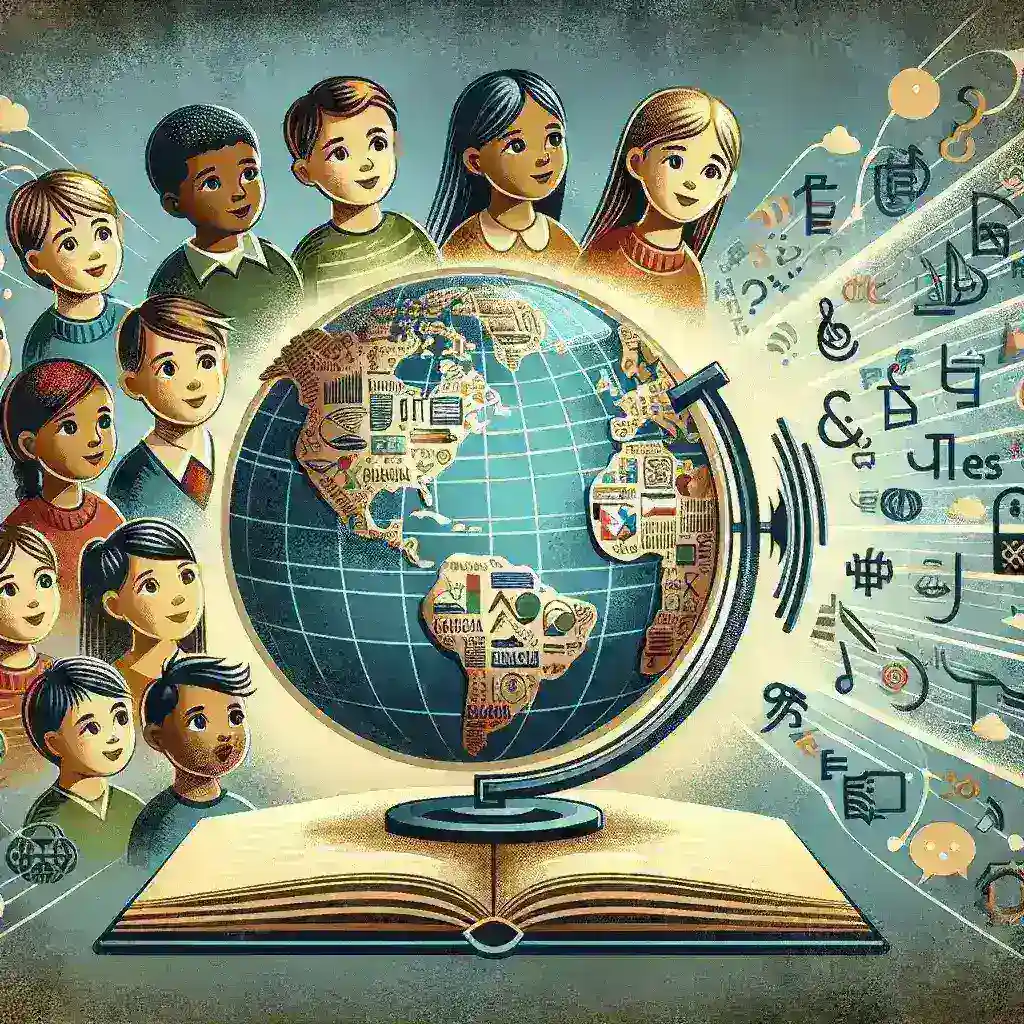Amazon Alexa Piloting AI-Powered Multilingual Story Reading for U.S. Schools
Introduction
In an increasingly globalized world, the importance of multilingualism in education cannot be overstated. The ability to communicate in multiple languages opens doors to diverse cultures, enhances cognitive skills, and prepares students for a competitive workforce. Recognizing this need, Amazon has taken a bold step forward by piloting an innovative program that integrates AI technology into classrooms across the United States. This initiative leverages the capabilities of Amazon Alexa to provide multilingual story reading, creating an engaging learning environment that caters to the diverse linguistic backgrounds of students.
The Concept Behind AI-Powered Story Reading
At the heart of this initiative lies the use of artificial intelligence to make storytelling an interactive and inclusive experience. By incorporating multilingual story reading through Amazon Alexa, educators can offer students the opportunity to hear stories in various languages, fostering a deeper understanding of language nuances and cultural contexts.
How It Works
The deployment of this technology involves the following steps:
- Setup: Schools equipped with Amazon Echo devices can enable the multilingual story reading feature through a user-friendly interface.
- Story Selection: Teachers can choose from a library of stories available in multiple languages, ensuring a rich selection that reflects the diversity of their students.
- Interactive Reading: Alexa reads the selected story aloud, allowing students to follow along, listen, and even interact by asking questions.
Benefits of AI-Powered Story Reading
The implementation of this technology offers numerous advantages:
- Enhanced Engagement: Students are more likely to engage with learning materials that resonate with their cultural background.
- Cognitive Development: Exposure to multiple languages aids in cognitive development, improving memory, problem-solving skills, and creativity.
- Accessibility: Multilingual story reading helps bridge gaps for students who may struggle with English, providing them with a sense of inclusion and belonging.
Historical Context of Multilingual Education
The concept of multilingual education has evolved significantly over the years. Historically, instruction in many countries was predominantly monolingual, which often marginalized students from non-English speaking backgrounds. However, as societies have become more diverse, there has been a shift towards recognizing the value of bilingualism and multilingualism in education.
From Traditional Methods to AI Integration
Traditional methods of multilingual education often involved rote memorization and limited interaction. With the advent of technology, there is now a shift towards interactive and engaging approaches. AI-powered tools like Amazon Alexa are at the forefront of this change, offering innovative ways to enhance language learning.
Future Predictions for Multilingual Education
As we look to the future, the integration of AI in education is expected to expand significantly. With continuous advancements in technology, we can anticipate:
- Personalized Learning Experiences: AI will enable customized learning paths that cater to individual student needs, preferences, and proficiencies.
- Broader Language Options: The library of stories available in various languages will continue to grow, ensuring that even rare languages are represented.
- Improved AI Capabilities: As AI language processing improves, the accuracy and fluency of story readings will enhance, making interactions even more natural.
Challenges and Considerations
While the benefits of AI-powered multilingual story reading are substantial, challenges remain:
- Technology Access: Not all schools have equal access to technology, which may create disparities in learning opportunities.
- Training for Educators: Teachers need adequate training to effectively integrate this technology into their curricula.
- Cultural Sensitivity: Selecting stories that are culturally appropriate and inclusive is crucial for fostering a respectful learning environment.
Real-World Examples
Several schools across the U.S. have already begun implementing Amazon Alexa’s multilingual story reading feature, with promising results:
- Case Study 1: A school in Los Angeles reported increased student engagement and improved language skills among its Spanish-speaking students.
- Case Study 2: A bilingual program in New York utilized Alexa to read stories in both English and Mandarin, allowing students to practice their language skills in a fun and interactive way.
The Cultural Relevance of Storytelling
Storytelling is a powerful tool that transcends language barriers. It not only conveys knowledge but also preserves cultural heritage. By providing multilingual story readings, Amazon Alexa helps students connect with their cultural roots while also appreciating the stories of others.
Expert Insights
According to Dr. Maria Lopez, an education specialist, “Integrating multilingual resources in classrooms is vital for nurturing an inclusive environment. Amazon’s initiative aligns with the global push towards multilingualism in education, making learning a more enriching experience for all students.”
Conclusion
Amazon Alexa’s pilot program for AI-powered multilingual story reading represents a significant leap forward in educational technology. By bridging linguistic divides, this initiative not only enhances learning but also fosters an appreciation for cultural diversity. As education continues to evolve, embracing tools like Amazon Alexa will be essential in preparing students for a rapidly changing world. The future of multilingual education is bright, and with continued innovation, we can create classrooms that are not only inclusive but also deeply engaging.

